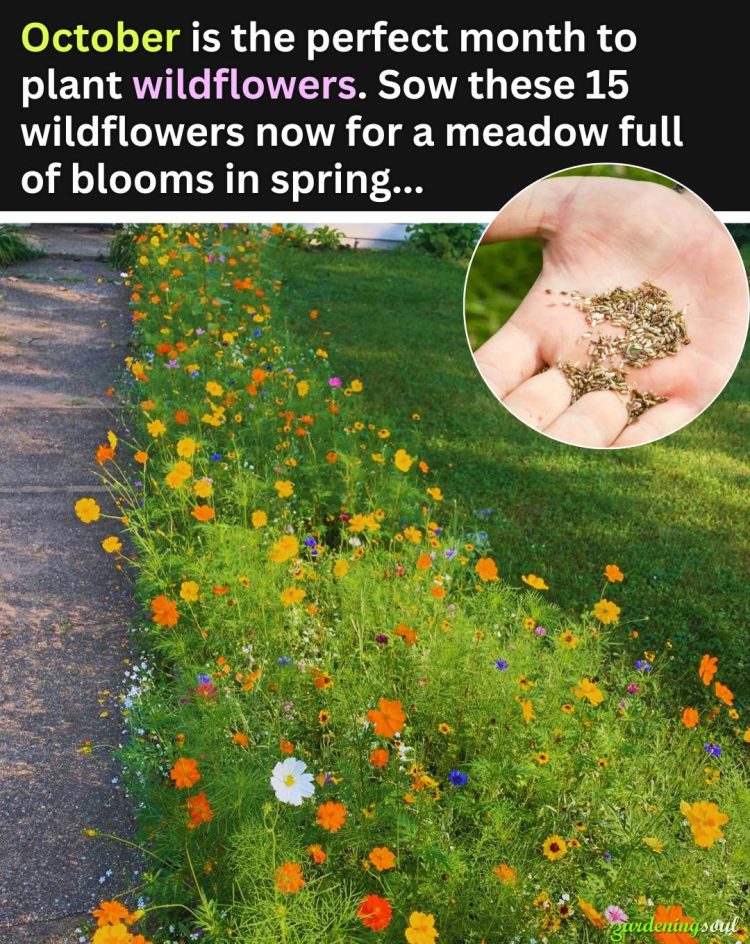Height: 1–3 feet.
Wildlife Value: Supports bees, butterflies, and beneficial insects.
Zones: 3–10.
Companions: Works well as a cover crop before vegetables.
Growing Tips:
Fast-growing and tolerant of poor soils.
Works well as a cover crop and soil improver.
13. Wallflower (Erysimum spp.)
Why Plant It: Wallflowers bloom early in spring with clusters of fragrant, colorful flowers that brighten the garden.
Bloom Time: Early to late spring.
Height: 12–24 inches.
Wildlife Value: Highly attractive to bees and butterflies.
Zones: 3–9 (perennial); 7–10 (biennial).
Companions: Poppies, daisies, alyssum.
Growing Tips:
Prefers full sun to partial shade.
Sow seeds in fall for early spring blooms.
14. Red Poppy (Papaver rhoeas)
Why Plant It: Also called Flanders poppy, this classic wildflower paints meadows with brilliant red blooms.
Bloom Time: Late spring to early summer.
Height: 12–30 inches.
Wildlife Value: Provides nectar for bees and beauty for landscapes.
Zones: 3–9.
Companions: Cornflowers, daisies, nigella.
Growing Tips:
Sow directly in prepared soil; does not transplant well.
Prefers poor to average soils in full sun.
15. Foxglove (Digitalis purpurea)
Why Plant It: A biennial with tall spires of tubular flowers in purple, pink, or white, foxglove brings drama and vertical beauty.
Bloom Time: Late spring to midsummer (in second year).
Height: 2–5 feet.
Wildlife Value: A favorite of bumblebees.
Zones: 4–9 (biennial).
Companions: Hostas, ferns, columbine.
Growing Tips:
Prefers partial shade to full sun.
Allow plants to self-seed to ensure future blooms.
Designing Your Spring Meadow
Mix heights and bloom times for waves of color from early spring to late summer.
Combine annuals and perennials to ensure both instant impact and long-term meadow growth.
Plant in drifts rather than scattered single plants for a natural, sweeping look.
Include pollinator favorites like phacelia, coneflowers, and lupines to maximize biodiversity.
Maintaining a Wildflower Meadow
Water sparingly: Once established, wildflowers need little irrigation.
Weed carefully: Hand-pull invasive weeds in the first year.
Mow or cut back annually: After seeds drop in late summer or fall, mow high (about 6–8 inches) to promote regrowth.
Reseed as needed: Add fresh seeds each fall to thicken your meadow.
Planting wildflowers in October is one of the simplest and most rewarding garden tasks.
With just a little preparation, you can create a meadow that bursts into bloom come spring, providing food for pollinators, beauty for your landscape, and joy for your soul.
